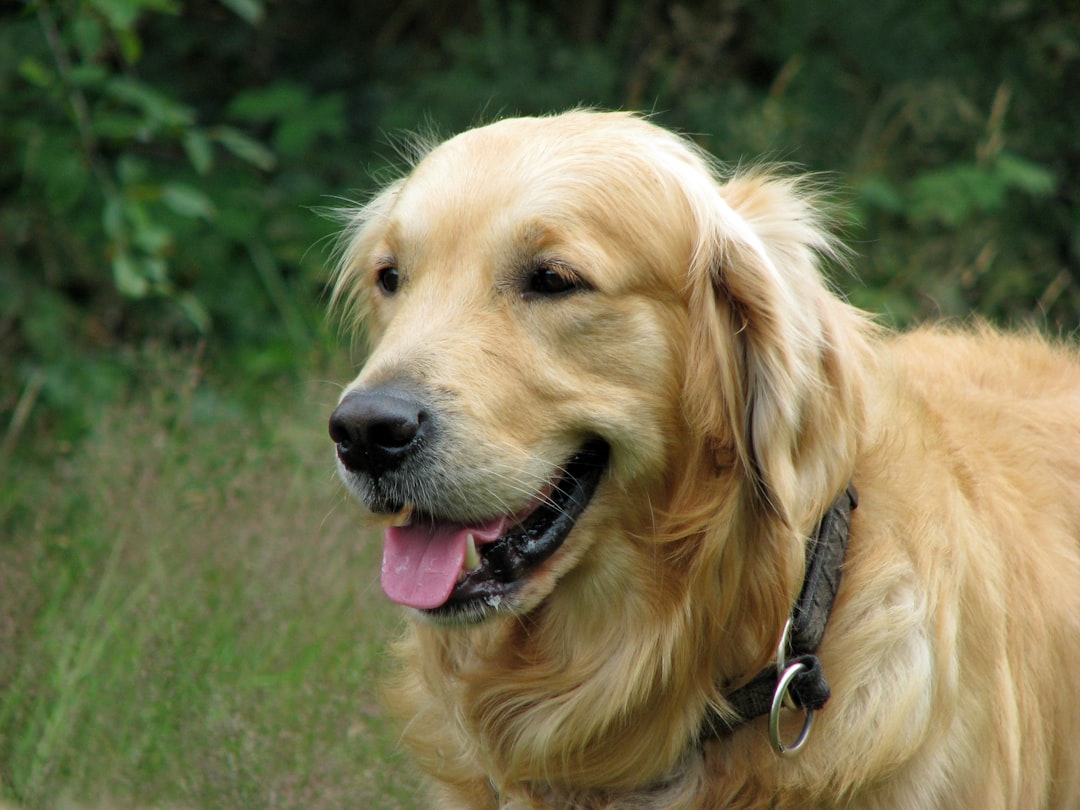Unraveling the Canine Genome: Exploring the Genetic and Evolutionary Journey of Dog Domestication
Unraveling the genetic and evolutionary changes of dog domestication, including the history, genomic insights, influence on physical traits, behavioral contrasts with wolves, and future implications for breeding strategies.
Dog Domestication: Unraveling Genetic and Evolutionary Changes
The History of Dog Domestication
The domestication of dogs occurred in two main phases. The initial phase involved the domestication of the wild gray wolf into the primary dog, while the subsequent phase saw the improvement of these indigenous dogs into various modern breeds. This process began during the Upper Paleolithic period and is termed as proto-domestication, with genomic DNA analyses indicating that domestication started in the Middle East and rapidly expanded into all human populations. Notably, an early attempt at intentional selection , shaping the evolution of dogs, was evidenced by a site in Denmark dating back to 8,000 years ago.
Genomic Insights and Evolutionary Trajectories
Genomic analysis has shed light on the origin and evolutionary trajectories of dogs, providing evidence for multiple ancestral wolf populations contributing to the origin of dogs. The dog population is now fragmented into several hundred breeds with unique polymorphism, and the selection of individuals with particular traits has intensified over millennia. Molecular analysis of DNA has been instrumental in tracing the history of breeds and the impact of domestication at the DNA level.
 Influence on Physical Traits
Influence on Physical Traits
The domestication of dogs has greatly influenced their coat diversity. Dogs exhibit tremendous coat diversity influenced by genes like ASIP, MC1R, and CBD103 that affect pigment type-switching and coat color. Furthermore, behavioral traits, such as aggressiveness, are inheritable in dogs, with genes like CDH2 and AMY2B contributing to specific behaviors and starch digestion. However, domestic dogs have accumulated deleterious mutations from the hitchhiking-effect of intensive artificial selection and breed purification, impacting their genetic makeup and physical traits.
 Behavioral Contrasts with Wolves
Behavioral Contrasts with Wolves
The structure of dog packs differs significantly from that of wolves. Dogs have a dictatorial pack structure, in contrast to the egalitarian structure observed in wolf packs. Wolves retain an independence of mind and behavior that is most undoglike and do not respond to commands like dogs do. This understanding of the absolute “no” in dogs may be connected to the structure of their packs, highlighting the behavioral contrasts between domestic dogs and their wild counterparts.
Future Implications and Breeding Strategies
The genomic insights into the domestication of dogs have far-reaching implications for their future. Advances in sequencing technologies and genomic databases have improved our understanding of the genetic makeup of dogs, promoting ongoing breeding strategies for the welfare of dogs. Additionally, the black coat color mutation that evolved in dogs has had a notable impact on North American gray wolf populations, reflecting the intricate relationship between dog domestication and the evolution of wolves.

